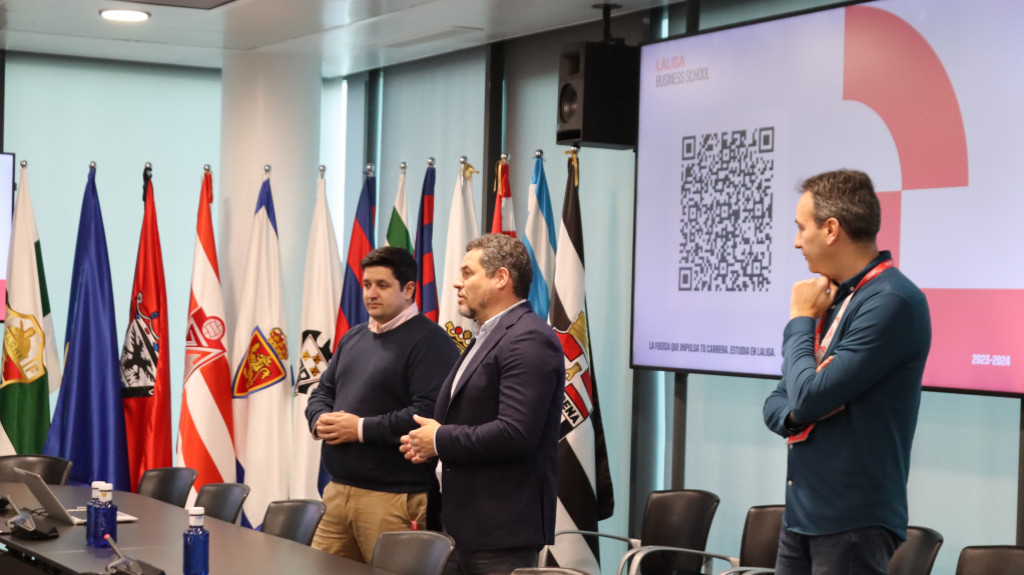General
What is calisthenics and how does it apply to sports performance?
November 12, 2025, Madrid
Discover what calisthenics is and how it applies to sports performance. Discover its benefits, what it's for, and the key exercises for the athlete.
In the world of high-performance sports, the search for efficient methods to optimize strength, agility, and endurance is constant. In recent years, one discipline has emerged from the urban sphere to establish itself as a fundamental tool in professional physical preparation: calisthenics. But what is calisthenics exactly, and how can an elite athlete, such as a footballer, benefit from it?
Calisthenics isn't just a trend; it's a physical conditioning system that uses one's own body weight as resistance. Its growing popularity in high-performance centers is due to its unique ability to develop functional strength and motor control, crucial aspects for any sport.
What is calisthenics?
The term "calisthenics" comes from the Greek words kallos (beauty) and sthenos (strength). In essence, it is the art of using one's own body weight to develop an athletic and functional physique.
Unlike traditional weightlifting, which tends to isolate specific muscles, calisthenics is based on compound movements. This means that each exercise involves multiple muscle groups and joints simultaneously. The goal is not just hypertrophy, but total mastery of the body in space, improving coordination, balance, and power.
Main benefits of calisthenics for the athlete
Integrating calisthenics into an athlete's routine offers advantages that directly impact their performance on the field. The benefits of calisthenics go beyond aesthetics; they focus on pure performance.
-
Functional Strength: Develops strength that transfers directly to sports movements (jumping, running, changing direction, grappling).
-
Neuromuscular Control: Improves the connection between the brain and muscles, allowing for more efficient and precise movements.
-
Core Stability: Almost all calisthenics exercises demand intense activation of the midsection (abs, lower back, obliques), which is the body's center for force transfer.
-
Injury Prevention: By strengthening joints, tendons, and ligaments through natural ranges of motion, a more resilient body structure is created.
-
Relative Strength: Optimizes the strength-to-weight ratio, a key indicator in sports that require speed and agility.
H2: Key calisthenics exercises in physical preparation
The pillar of this discipline is its fundamental movements. For an athlete, the basic exercises and their progressions are the most valuable:
-
Pull-ups: The quintessential pulling exercise. It strengthens the entire back, biceps, and grip, essential for physical challenges and body balance.
-
Dips: A fundamental pushing movement for chest, triceps, and shoulder strength.
-
Push-ups: Beyond the classic, variations (like plyometric push-ups) develop upper-body pushing power.
-
Squats: While the barbell squat is king, the one-legged squat (Pistol Squat) develops incredible unilateral strength, balance, and hip mobility, vital for footballers.
-
Planks: Crucial isometrics for core stability. Dynamic variations improve the ability to keep the torso stable while the limbs are in motion.
H2: What is calisthenics for in high performance?
So, what is calisthenics for in a professional environment like LALIGA? It serves as the bridge between raw strength and athletic ability.
A player might lift a lot of weight in a gym (absolute strength), but if they cannot efficiently handle their own body weight (relative strength), they will be slow and less agile on the field. Calisthenics focuses on this relative strength. It allows physical trainers to build athletes who are not only strong but also have superior body control, better proprioception, and greater movement efficiency, reducing energy expenditure and injury risk.
Calisthenics has established itself as a pillar in modern physical preparation, proving to be an indispensable methodology for developing complete, resilient, and powerful athletes.
Understanding the biomechanics and progression of these movements is essential for the physical trainer of the future. The ability to design programs that integrate traditional strength training with bodyweight control is what sets elite professionals apart. If you seek to lead this evolution in sports conditioning, the Master in Physical Preparation and Sports Rehabilitation in Football at LALIGA Business School provides you with the scientific and practical tools to take your athletes' performance to the next level.






